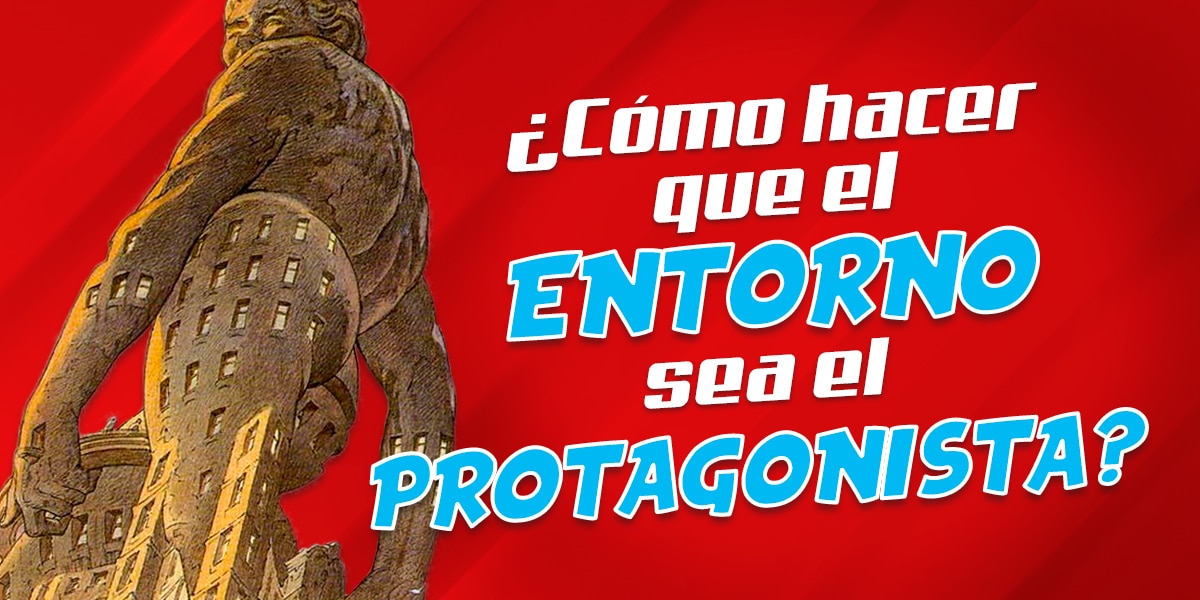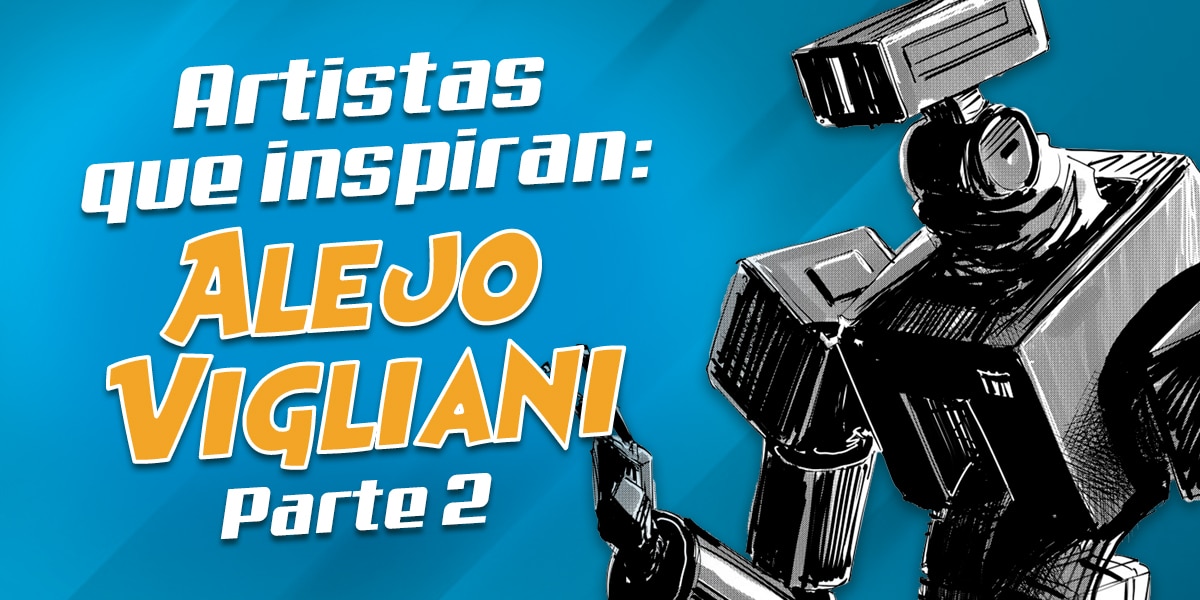¿Cómo hacer del escenario el personaje principal?
¿Alguna vez has imaginado un cómic donde el verdadero protagonista no es un héroe con capa, sino una ciudad entera? ¿Un mundo donde los edificios, las calles y la arquitectura cobran vida propia, guiando la narrativa y cautivando al lector? En este fascinante artículo, te sumergiremos en el arte de convertir el escenario en el auténtico personaje principal de tus historias.
Descubriremos los secretos de grandes maestros del dibujo que han logrado crear universos únicos, donde cada rincón cuenta una historia y cada edificio esconde un misterio. Prepárate para un viaje a través de ciudades imaginarias, estilos arquitectónicos reinventados y técnicas narrativas innovadoras que transformarán tu forma de concebir los escenarios en el cómic y la ilustración.
¿Estás listo para dar vida a tus propios mundos y hacer que tus lectores se pierdan en ellos? Acompáñanos en esta aventura creativa y descubre cómo puedes elevar tus escenarios al nivel de protagonistas inolvidables. ¡Comencemos!
Por Chuck Ross
Maestros del escenario: Artistas que revolucionaron el papel del entorno en la narrativa gráfica
Cuando creamos nuestros cómics, solemos imaginarlos a partir de personajes que guiarán la historia. En la mayoría de las historietas, quien conduce el juego es un personaje que el lector encuentra número a número, aventura tras aventura.
Sin embargo, existe otra forma de pensar una trama, una que ha sido explorada magistralmente por artistas visionarios como Francois Schuiten y Benoit Peeters en su proyecto “Ciudades Oscuras”. Esta serie de historietas fantásticas, iniciada en 1983 y que continúa produciéndose hasta el día de hoy, revoluciona la narrativa gráfica al hacer que la historia gire en torno a diferentes escenarios de un continente imaginario, ubicado en un mundo paralelo.
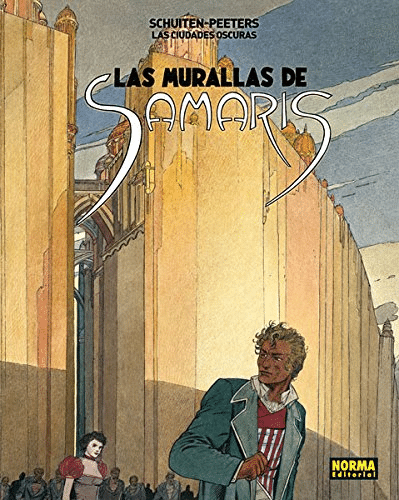
El enfoque de Schuiten y Peeters no solo desafía las convenciones tradicionales del cómic, sino que también abre un mundo de posibilidades para los artistas que buscan innovar en su narrativa visual. ¿Quieres llevar tus escenarios al siguiente nivel? Descubre cómo aquí. A continuación, exploraremos algunas de las estrategias que utilizaron estos maestros para crear escenarios fabulosos que se convierten en los verdaderos protagonistas de sus historias.
La ciudad como unidad narrativa: Transformando el espacio en protagonista
Para Schuiten y Peeters, el escenario no es un elemento secundario, sino el eje central alrededor del cual se organiza toda la narración. En “Ciudades Oscuras”, cada ciudad se convierte en la unidad que da coherencia y sentido a la historia. Aunque estos escenarios son totalmente ficticios, están concebidos con tal detalle y profundidad que podrían existir en un universo paralelo al nuestro.
Pensemos, por ejemplo, en Ciudad Gótica de Batman. Aunque no existe en la realidad, su estética sombría y su arquitectura imponente son fundamentales para narrar las aventuras del Caballero Oscuro. De manera similar, Schuiten y Peeters crean ciudades que no solo sirven de telón de fondo, sino que determinan el tono, la atmósfera y hasta el ritmo de la narración.
En una de sus historias, todo es circular y envolvente, desde la arquitectura hasta la forma en que se desarrollan los eventos. En otra, predominan las formas cuadradas, lo que se refleja en una trama más estructurada y matemática. Esta coherencia entre el diseño del escenario y la narrativa es crucial para crear un mundo inmersivo y convincente.
La sinergia perfecta: Entrelazando ambiente y trama
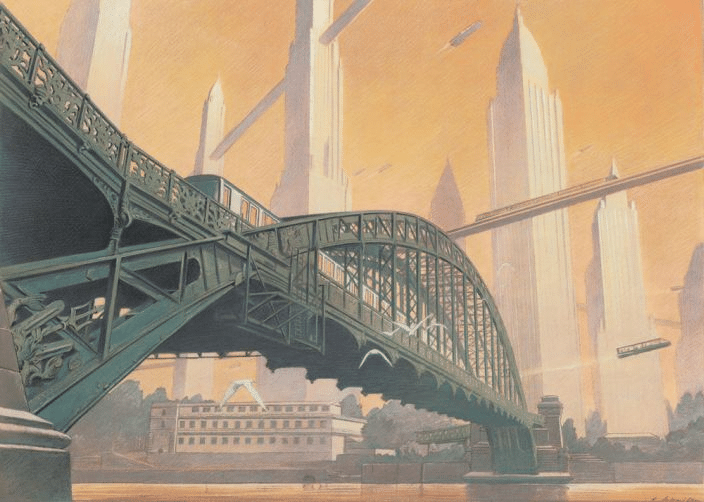
Uno de los aspectos más fascinantes del trabajo de Schuiten y Peeters es cómo logran una simbiosis perfecta entre el ambiente y la trama. Para estos artistas, el proceso de creación no comienza con la búsqueda de escenarios espectaculares o estéticamente impresionantes, sino con la elección del ambiente que mejor se adapte al desarrollo de la narrativa que desean contar.
Esta aproximación nos enseña que el escenario debe ser mucho más que un fondo bonito; debe ser un elemento activo que contribuya al significado y al impacto emocional de la historia. Haz clic aquí para explorar técnicas avanzadas de diseño de escenarios que potencien tu narrativa visual.
Al pensar en tu próximo proyecto, considera cómo cada elemento del escenario puede reforzar los temas y el tono de tu historia. ¿Una ciudad de rascacielos vertiginosos para una historia sobre la ambición desmedida? ¿Un laberinto de callejuelas estrechas para una trama de misterio y conspiración? Las posibilidades son infinitas cuando aprendes a ver el escenario como un personaje más de tu historia.
La coherencia espacial: Clave para un universo creíble
Una vez que hayas elegido el tipo de universo que desarrollarás, el siguiente paso crucial es nutrirlo de detalles que le otorguen la mayor credibilidad posible. Schuiten y Peeters enfatizan la importancia de crear un espacio coherente, donde los personajes puedan moverse y reaccionar con la misma naturalidad que lo harían en una ciudad real.
Para lograr esta coherencia, es fundamental prestar atención a cada detalle del mundo que estás creando. Desde la arquitectura hasta los medios de transporte, pasando por la vestimenta de los habitantes y los objetos cotidianos, todo debe formar parte de un ecosistema lógico y bien pensado.
Algunos tips para asegurar la coherencia de tu escenario:
- Desarrolla un sistema de reglas internas para tu mundo y apégate a ellas.
- Crea un “libro de estilo” para tu universo, donde documentes aspectos como la paleta de colores, estilos arquitectónicos predominantes, tecnología disponible, etc.
- Piensa en la historia y evolución de tu escenario. ¿Cómo ha llegado a ser como es?
- Considera cómo el entorno afecta la vida cotidiana de sus habitantes y refleja esto en tus diseños.
¿Quieres perfeccionar el arte de crear mundos coherentes? Ingresa aquí para más recursos.
Alterando la realidad: Cómo crear escenarios únicos
Una de las técnicas más efectivas para crear escenarios impactantes es tomar elementos de la realidad y alterarlos de maneras inesperadas. Schuiten y Peeters se imaginan “qué hubiera pasado si” en la evolución de la arquitectura y la tecnología, creando mundos que son a la vez familiares y sorprendentemente diferentes.
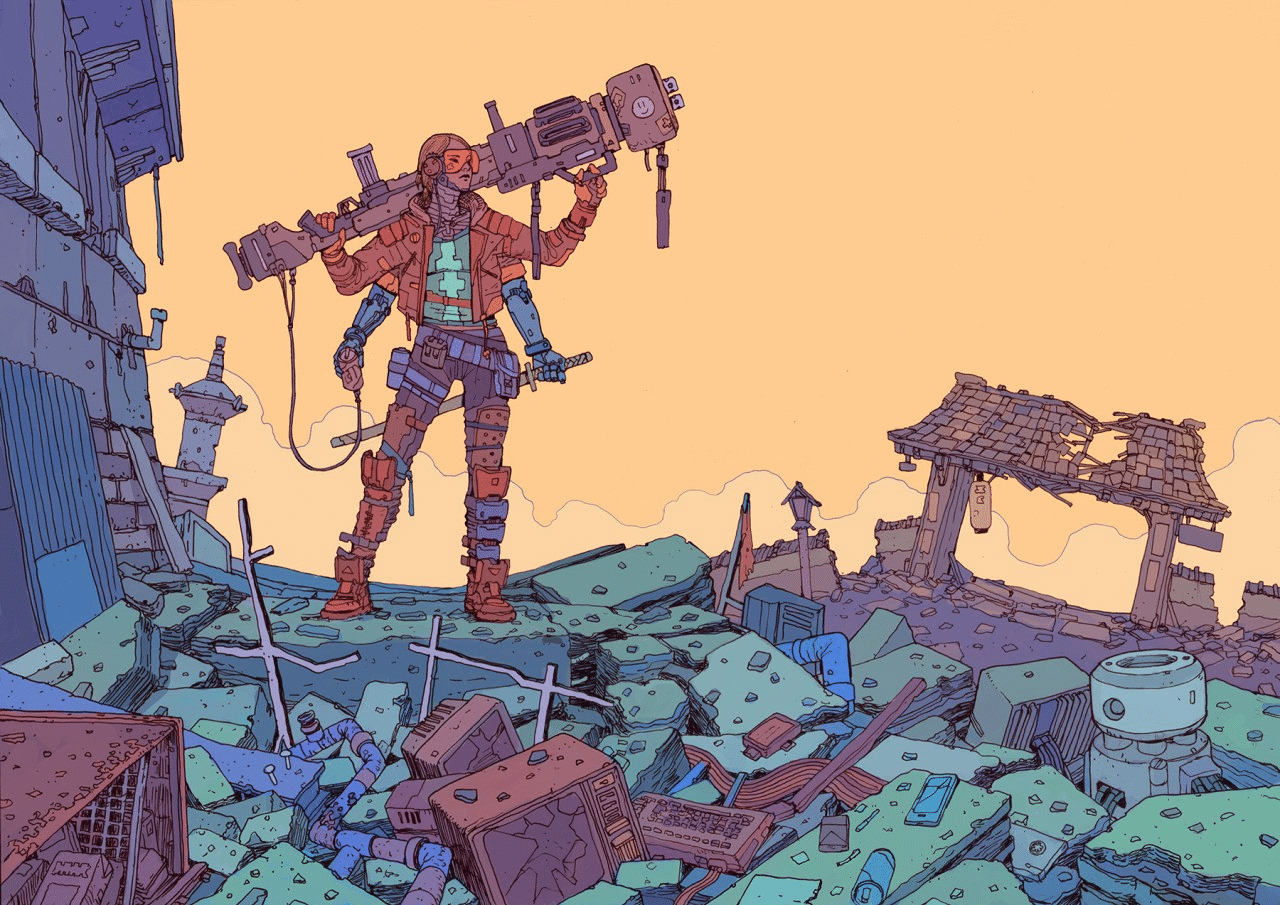
Por ejemplo, imagina un mundo donde la Torre Eiffel no fue una construcción única, sino el modelo para toda una generación de edificios. ¿Cómo sería una ciudad llena de variaciones de esta icónica estructura? Este tipo de ejercicio mental puede llevarte a crear escenarios verdaderamente únicos y memorables.
Algunas ideas para alterar la realidad en tus escenarios:
- Elige un punto de divergencia histórica y explora cómo habría evolucionado la arquitectura y la tecnología.
- Combina estilos arquitectónicos de diferentes épocas de maneras inesperadas.
- Introduce elementos fantásticos o futuristas en entornos familiares.
- Juega con las proporciones y la física de tu mundo para crear paisajes imposibles pero visualmente impactantes.
Descubre más sobre cómo crear escenarios únicos y cautivadores aquí.
Radicalizando tendencias históricas: Un viaje al pasado para crear el futuro
Investigar corrientes históricas puede ser una fuente inagotable de inspiración para crear espacios coherentes y fascinantes. Schuiten y Peeters, por ejemplo, se sumergieron en proyectos futuristas concebidos en el pasado, especialmente alrededor de 1900, para imaginar sus ciudades del futuro.
Este enfoque no solo proporciona una base sólida para la creación de escenarios, sino que también añade una capa de profundidad y autenticidad a tu mundo ficticio. Al radicalizar tendencias históricas, puedes crear universos que se sienten a la vez familiares y completamente nuevos.
Pasos para radicalizar tendencias históricas en tus escenarios:
- Investiga movimientos arquitectónicos y tecnológicos del pasado.
- Identifica elementos clave o ideas que no llegaron a realizarse plenamente.
- Imagina cómo estos elementos podrían haber evolucionado si se hubieran llevado al extremo.
- Incorpora estas ideas radicalizadas en tu diseño de escenarios, asegurándote de que se integren de manera coherente con el resto de tu mundo.
Este método no solo te ayudará a crear escenarios únicos, sino que también puede añadir una fascinante capa de comentario social o histórico a tu obra. ¿Listo para sumergirte en la creación de mundos basados en tendencias históricas? Explora más aquí.
Estilos englobantes: Creando universos visuales completos
Para que un escenario realmente se convierta en el protagonista de tu historia, debe tener una presencia total y envolvente. Schuiten y Peeters se inspiraron en movimientos artísticos englobantes como el Art Nouveau y el Art Decó, que buscaban involucrar todos los niveles de la realidad en su estética.
Estos estilos no se limitaban a la arquitectura, sino que se extendían a todos los aspectos de la vida cotidiana: desde el mobiliario urbano hasta los objetos más pequeños y personales. Al adoptar este enfoque en tus escenarios, puedes crear un universo visual coherente y completamente inmersivo.
Aspectos a considerar al desarrollar un estilo englobante:
- Arquitectura: Desde los edificios más imponentes hasta los detalles más pequeños de fachadas y ornamentos.
- Mobiliario urbano: Farolas, bancos, señalización, etc.
- Transporte: Vehículos, estaciones, infraestructura.
- Interiores: Muebles, decoración, electrodomésticos.
- Moda y accesorios: Ropa, joyería, objetos personales.
- Gráfica y tipografía: Carteles, anuncios, señalética.
Recuerda que lo importante no es la fidelidad histórica, sino crear un ambiente arquitectónico y visual que apoye y enriquezca tu narrativa en cada uno de sus rincones. ¿Quieres aprender más sobre cómo crear estilos englobantes? Descúbrelo aquí.
Escenarios de poder: Cuando la arquitectura cuenta una historia
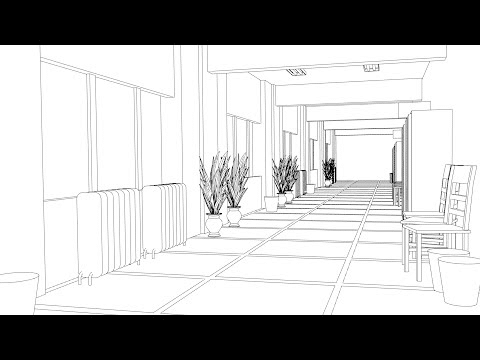
Los estilos englobantes no son solo una herramienta estética; también pueden ser un poderoso vehículo para transmitir ideas sobre poder, autoridad y control social. Schuiten y Peeters se inspiraron en los “estilos de poder” utilizados por regímenes autoritarios, donde la monumentalidad de la arquitectura y la omnipresencia del estilo buscaban aplastar psicológicamente a los ciudadanos.
Al incorporar estos elementos en tus escenarios, puedes crear ambientes que no solo son visualmente impactantes, sino que también comunican ideas complejas sobre la sociedad, el poder y la resistencia. Esto añade una capa adicional de profundidad a tu narrativa, convirtiendo el escenario en un comentario silencioso pero poderoso sobre los temas de tu historia.
Consideraciones al crear escenarios de poder:
- Escala: Utiliza proporciones exageradas para crear una sensación de insignificancia en los personajes.
- Simetría y repetición: Crea patrones visuales que sugieran orden y control.
- Espacios abiertos vs. cerrados: Juega con la sensación de exposición o confinamiento.
- Simbolismo: Incorpora elementos visuales que representen ideologías o sistemas de poder.
- Contraste: Muestra la disparidad entre las estructuras de poder y los espacios habitados por los ciudadanos comunes.
Estos escenarios de poder no solo crean un telón de fondo impresionante, sino que también generan preguntas intrigantes que pueden impulsar tu narrativa: ¿Cómo reaccionan los personajes ante este ambiente opresivo? ¿Qué elementos pueden perturbar esta autoridad aparentemente inquebrantable? ¿Es posible luchar contra un escenario que parece predeterminar el destino de sushabitantes?
¿Te intriga la idea de crear escenarios que cuenten historias de poder? Profundiza en el tema aquí.
Conclusión: El arte de dar vida a tus escenarios
A lo largo de este artículo, hemos explorado los secretos de grandes maestros como Schuiten y Peeters para convertir el escenario en el verdadero protagonista de una historia. Desde la concepción de ciudades como unidades narrativas hasta la creación de estilos englobantes y la utilización de la arquitectura como comentario social, hemos descubierto un mundo de posibilidades creativas.
Recuerda siempre la importancia de relacionar el ambiente con la trama, investigar corrientes históricas y radicalizar tendencias para crear escenarios únicos y memorables. La clave está en ver más allá de lo superficial y entender cómo cada elemento del escenario puede contribuir a la narrativa y al mensaje que quieres transmitir.
Al aplicar estas técnicas y conceptos en tu propio trabajo, podrás elevar tus escenarios de simples fondos a auténticos personajes que cautiven la imaginación de tus lectores. No temas experimentar y llevar tus ideas al extremo; a menudo, es en los límites de lo imaginable donde nacen los conceptos más innovadores y fascinantes.
Palabras finales: Tu viaje hacia escenarios extraordinarios
Los secretos y estrategias que hemos explorado son solo el comienzo de tu viaje hacia la creación de escenarios extraordinarios. Te invitamos a sumergirte en los cómics de Schuiten y Peeters, así como en los de otros maestros del género, para ver cómo estos principios cobran vida en la práctica.
Pero lo más importante es que comiences a imaginar y crear tus propios universos. Cada línea que dibujes, cada detalle que añadas, es una oportunidad para contar una historia única y cautivadora. No tengas miedo de experimentar, de mezclar estilos o de desafiar las convenciones. Tu visión única es lo que hará que tus escenarios sean verdaderamente memorables.
Recuerda, el verdadero poder de un escenario radica en su capacidad para transportar al lector a un mundo completamente nuevo y fascinante. Con práctica, dedicación y una pizca de audacia creativa, tú también puedes crear escenarios que no solo complementen tus historias, sino que se conviertan en sus verdaderos protagonistas.
¡Ahora es tu turno! Toma estos conocimientos, déjate llevar por tu imaginación y comienza a dar vida a mundos que cautiven, inspiren y asombren a tus lectores. El lienzo está en blanco, y las posibilidades son infinitas. ¿Qué universo extraordinario crearás hoy?
Bibliografía:
Diálogo entre Francois Schuiten y Benoit Peeters, revista Totem n°33, Roma, Nuova Frontiera, 1984. Editado en Historieta para Sobrevivientes, Carlos Scolari, Buenos Aires, 1999.

